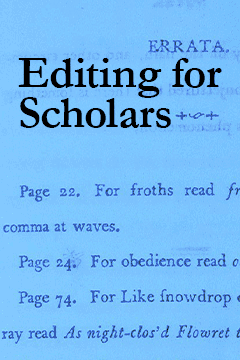The Prospects for Pluralistic Communism
The Prospects for Pluralistic Communism
The history of World Communism, conceived as a united movement with a common doctrine and strategy formulated from a single center, is at an end. One hundred years after the foundation of the First International and fifty years after Lenin proclaimed the need to form the Third in order to replace the Second, the doctrinal and organizational unity of the “world party” created by him have been finally broken by the rival claims to leadership of the two Communist Great Powers, and the resulting schism has opened up new possibilities of independent development to many nonruling and even some ruling Communist parties. International Communism has no longer a single worldwide organization, a single center of authority, or a single “orthodox” doctrine.
But if the history of “World Communism” is at an end, the history of Communism in the world is not. Now, as before the schism, a nuclear world power, the Soviet Union, is ruled by a Communist party; it exerts its regional hegemony over a number of East European countries (as well as over Outer Mongolia) partly by its ties to the Communist parties ruling them; and it seeks to retain, and in part revive, its guiding influence on the majority of ot...
Subscribe now to read the full article
Online OnlyFor just $19.95 a year, get access to new issues and decades' worth of archives on our site.
|
Print + OnlineFor $35 a year, get new issues delivered to your door and access to our full online archives.
|




